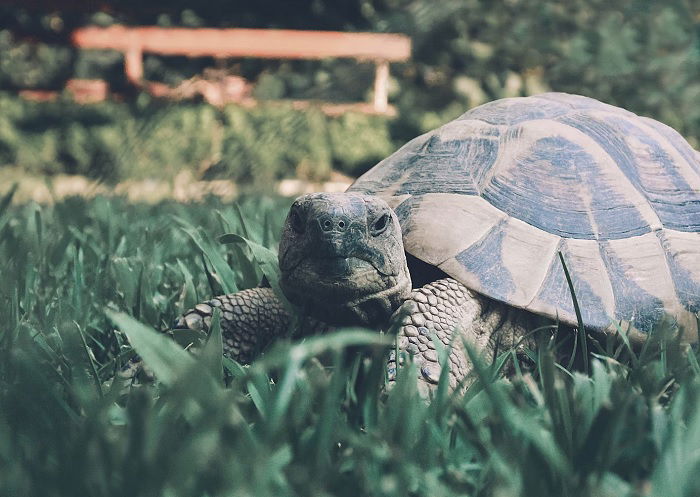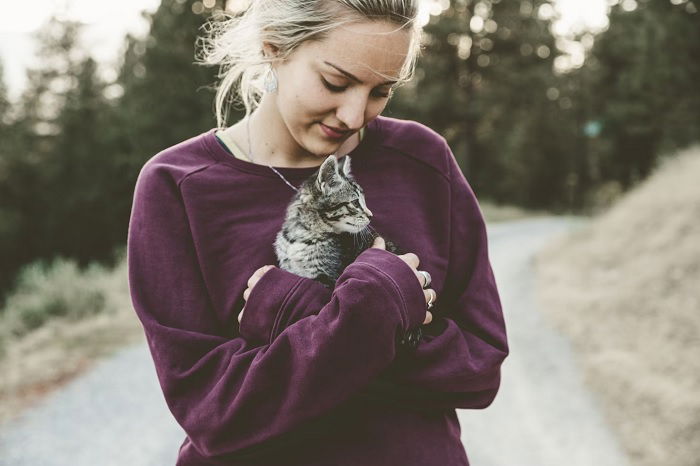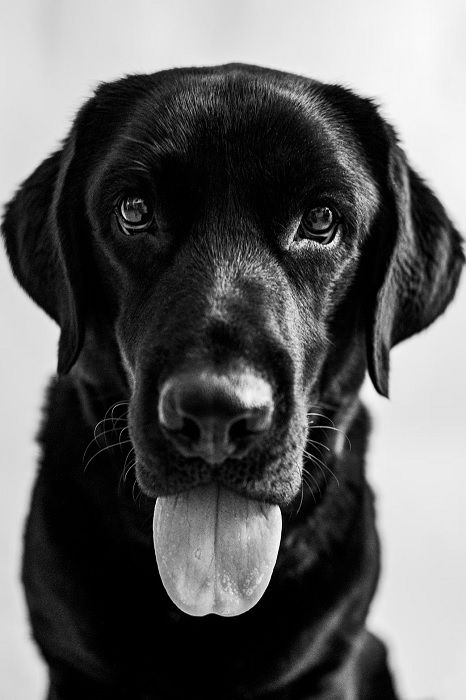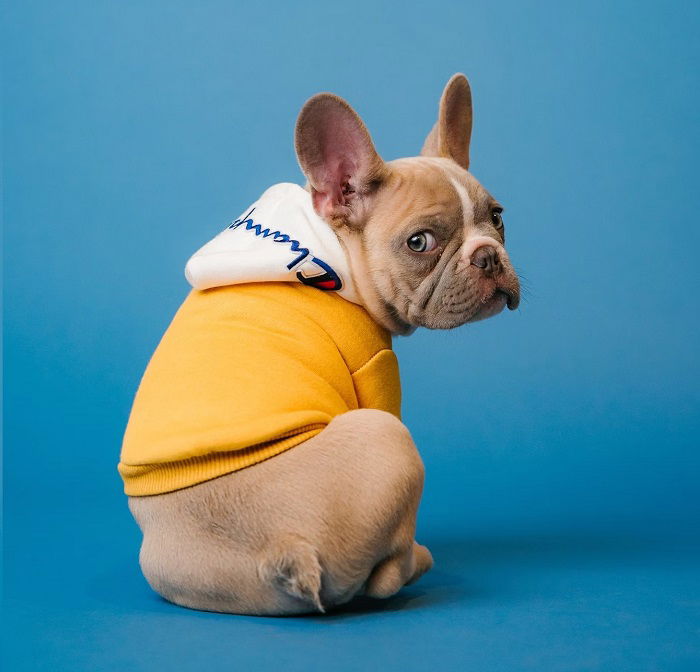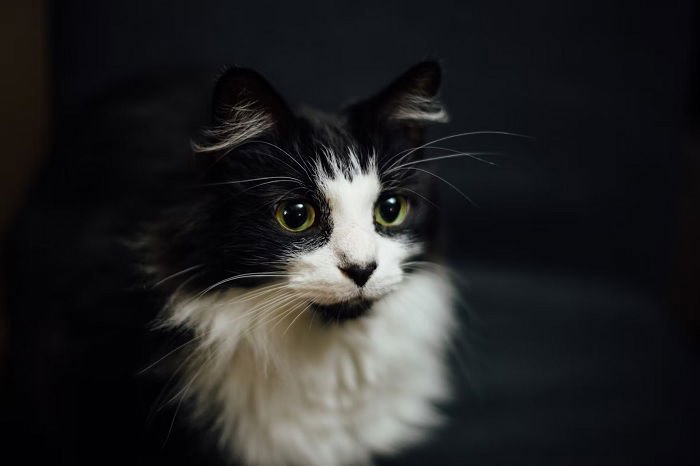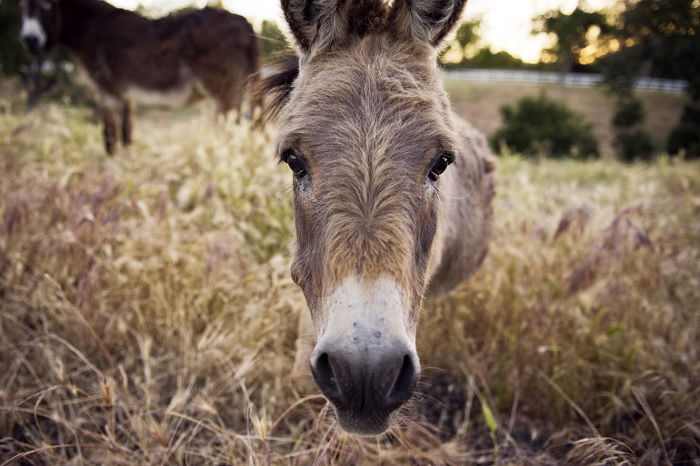How to Start a Pet Photography Business (11 Practical Tips)
Starting a pet photography business is a great way to earn money as a photographer. People love their pets, and many owners are willing to spend their cash on professional photos of their cute companions.
But setting up a pet photography business isn’t easy. You have to make sure your work is worth paying for. There are financial incomings and outgoings you need to calculate. You also have to deal with the rules and regulations of setting up any business.
That said, professional pet photography still offers opportunities for aspiring, enthusiastic photographers. It’s an opportunity to make money taking pictures. But pet photography can also be a very rewarding career for animal lovers.
In this article, we’ll provide important advice on setting up a pet photography business. We look at what you need, what you need to think about, and who you need to speak to. We’re sure you’ll feel more confident about your pet photography business once you’ve read this article.
- Learn how to master your camera settings for stunning pet photos.
- Build patience and understanding when working with pets and pet owners.
- Use the glorious examples within to inspire and help you learn.
6 Tips on How to Start a Pet Photography Business
We all wish that photography were only about taking beautiful pictures. But the reality is that any creative endeavor still has a business side. A pet photography business is 10% photography and 90% business.
Besides hours of editing work, much of your time is spent on the business side. You must run errands, deal with contracts, find creative ways to garner new business, etc.
There’s no denying the business side isn’t as fun as the photography side, but you can’t shy away from it. If you’re serious about starting a photography business, you have to take invoices just as seriously as photographs.
Following these tips will make the process feel less daunting. Starting a photography business isn’t easy, but it is possible for anyone to achieve.
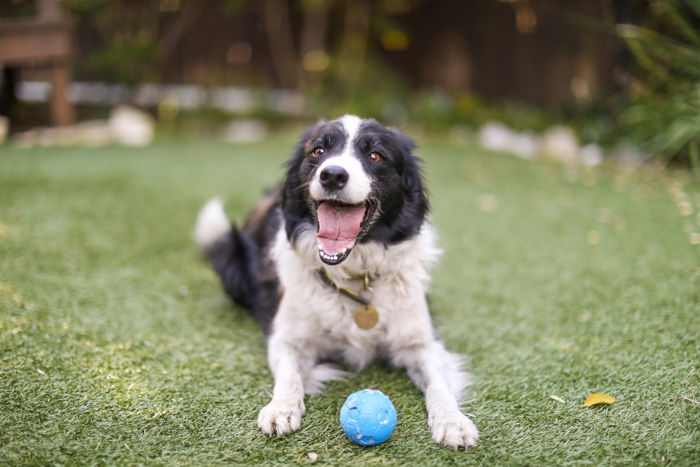
1. Hone Your Pet Photography Skills
Before you can start charging clients, you have to be sure your work is worth paying for. This is true in any field of photography. And thanks to the rise of smartphone cameras, photographers have had to raise their game.
Anyone can now take a picture of their pet with their phone. In fact, people’s phones are packed with pictures of their cats and dogs. But thankfully for us, pet lovers are still willing to pay for high-grade images of their animal friends.
Mastering the camera is essential when starting any photography business. You need to be comfortable with all the main exposure settings, like aperture, ISO, and shutter speed. You also need to know about white balance, depth of field, and dynamic range.
But learning about these things in the abstract will only get you so far. You need to learn how to use them in relation to your photographic discipline. That means practicing your pet photography.
Using your own pet is ideal if you have one. Take pictures of your pet in a wide variety of situations, trying out different locations and lighting conditions.
You should also practice with different types of animals. Dogs are the most popular pets worldwide, but you never know what animals your clients will have. You could be faced with anything from goats to tortoises, so you need to be able to deal with the challenge.
Learn to shoot a variety of pet photography shots. Understanding how to shoot pet portraits is a must. But you should also practice action shots, wide shots, and group portraits with the owners.
2. Take Business Courses or Intern With an Established Photographer
It doesn't matter if you’re a one-person show or on a team, an on-location photographer or in a studio, working out of your home or in a business space. Your business duties will be there regardless.
To be profitable in the current business climate, you must be as business savvy as you are photography savvy. So it’s best to get well acquainted with the back end of the business.
I highly recommend taking a few business courses before officially filing as a business. Or try interning with an established pet photographer to see the ins and outs of being a professional!
I wish I had done this when I first started out rather than fumbling through years of mistakes. That said, don't be discouraged if you’re not business oriented. Pet photography is, and always will be, the primary focus of all you do!
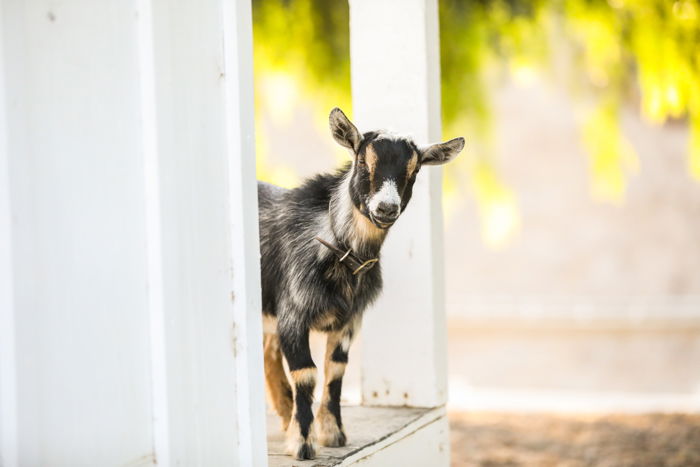
3. Invest in Good Camera Gear
If you want to compete with camera phones, you need a camera that outperforms the latest iPhone. That doesn’t mean you have to spend thousands on the latest high-resolution camera. But you will need a camera that delivers high-quality images.
We recommend mirrorless cameras due to their versatility, advanced features, and compact body size. However, DSLR cameras are still a perfectly viable option for professional pet photographers. They lack the multi-media abilities of mirrorless machines but still deliver for classic photography.
A good camera is useless unless you have a good lens to go with it. You also need a lens that’s suitable for pet photography, allowing you to get the shots you need.
A 24-70mm lens is a great choice for pet photographers. The zoom function gives you excellent flexibility, so you can capture a wide range of shots without changing lenses.
You can shoot pet portraits at the 70mm end, while the 24mm end allows for wider environmental shots or group portraits.
Some pet photographers like to use a tripod for extra stability. They give you more freedom with your exposure settings. But they can restrict your movement, which isn’t always helpful when working with animals.
Many pet photographers are turning to camera gimbals instead, especially if they shoot video as well as stills. Gimbals provide more stability but allow the user to move around more freely.
4. Learn How to Edit Photos
With modern digital photography, photo editing is just as important as taking pictures. But you should not think of editing as a chore, but rather as another way of putting your personal stamp on your work. Photo editing helps you develop a photography style that stands out and is unique to you.
You’ll need to invest in some good photo editing software. Adobe Lightroom is the industry leader, but many photographers are moving to other programs, whether that’s for better features or low costs.
Capture One is one of the best Lightroom alternatives. But you also have Luminar Neo, a photo editing suite that harnesses the power of artificial intelligence. The AI tools streamline and simplify many once-complicated editing tasks. Removing powerlines or an entire background is now a one-click process.
Play and practice before you get paid gigs. Develop a style and create presets beforehand so you get consistent results when you start getting paid work. You’ll also be able to work fast, allowing you to take on more jobs in less time.
5. Add Video Production to Your Repertoire
Today’s photographer has to be a videographer as well. More and more, clients are demanding video media along with still photos. That means the photographer has to be able to do it all.
Thankfully, all modern mirrorless cameras have excellent video features. It’s easy to find a good camera that shoots high-res stills and 4K video, even in the entry-level market.
Video media isn’t as popular the the pet market as it is in wedding photography, but there’s no avoiding it. Clients want professional pet videos they can share with friends and family on social media, so that’s something you should be able to deliver.
You can also make videos of how you work. Fun behind-the-scenes videos make fabulous content for your social media account for websites. It lets people know who you are, and it shows you can deliver all types of media.
6. Become an Expert Marketer
One of the primary issues with starting a photography business is having a consistent client flow. To do so, you need to find a way to stand out from the other photographers in your niche and find ways to inform potential clients of your services.
This all boils down to one key subject—marketing. (Check our Organic Marketing for Photographers e-book.)
Marketing means promoting and selling products or services (your photography skills). And it also includes market research and advertising.
Marketing is how you reach your target demographics (a particular population sector). And it helps you expand your business, build your reputation, and differentiate yourself from the competition.
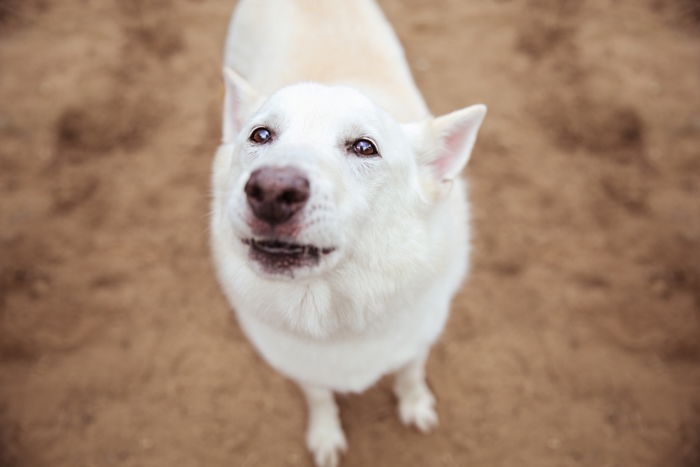
Marketing includes a large variety of techniques, ideas, and actions. It can include creating and distributing ads, cross-promoting with local businesses, and using social media. (Check our Social Success Strategies e-book.)
It can also involve referral programs. This encourages current and future clients to come back to you repeatedly. And to refer their friends to you!
You won't get very far in the pet photography business without some expert marketing skills. Research your competition, research successful marketing strategies, and research your industry. Knowledge is power. You can never have too much of it.
Turning the available information into a marketing strategy is the ultimate key to building your business.
That being said, you must be great at your craft, to begin with. Never stop learning more about photography. And always strive to do better and be better. Marketing only works when you have solid skill and talent behind it.
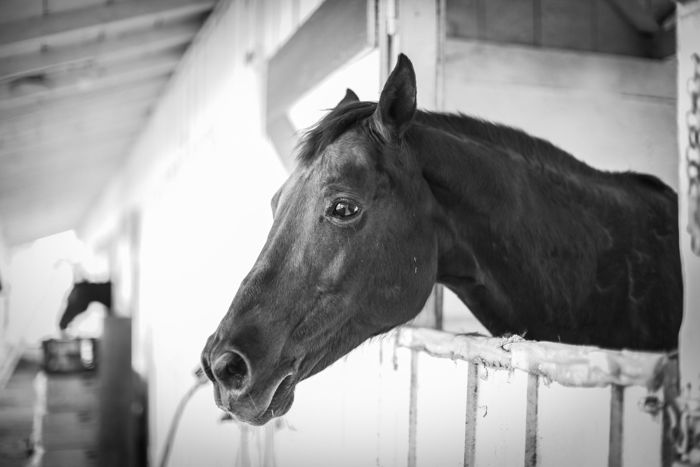
7. Utilize Social Media for Better Reach
We’ve already touched on social media in the marketing section, but it’s worth looking at on its own. Platforms like Instagram, Facebook, and TikTok need to become cornerstones of your self-promotion strategy.
Apps like Instagram allow you to display and share you best work. Generating new follows can be tricky, and turning followers into clients is even trickier. But it’s still a useful tool for professional pet photographers.
Having an Instagram account gives people easy access to your work. You can easily direct people to your profile so they can see the work you do. And if they like what they see, they can reach out to you for more info.
Facebook isn’t as widely used as Instagram, especially by the younger generations. But having a professional Facebook page can see be useful, generating contacts and clients.
TikTok is a bit trickier, especially if you’re over 35. This is mainly because most of the content is video rather than stills. However, you can great videos that display your work or how you work. It’s a useful platform if you’re looking for younger clientele.
8. Create Your Own Website
Creating a professional photography website is easy these days. You don’t need a degree in computer science, nor do you need any coding experience.
Services like Wix or Squarespace have transformed website building, allowing anyone to create a professional, classy website for their work. You need to pay a subscription to use them, but it’s far cheaper than buying your own domain.
Their tools also make building the website easy. They have plenty of templates, and drag-and-drop tools make it easy to customize and decorate your site. They also have galleries for displaying your work, as well as eCommerce features for selling prints and other media.
You can see all the best website builders for photographers in this link.
9. Keep Spaces and Equipment Clean and Sanitized
Whether you work out of your home or have a photography studio, cleanliness and sanitation are important. In pet photography, this is even more important. You'll find yourself cleaning a lot after every client!
Dogs, cats, and even small critters are very messy. If they can’t find a way to get you dirty, they'll find a way to make your equipment or shooting space dirty. As such, you'll always be cleaning your cameras, lenses, backdrops, and even yourself.
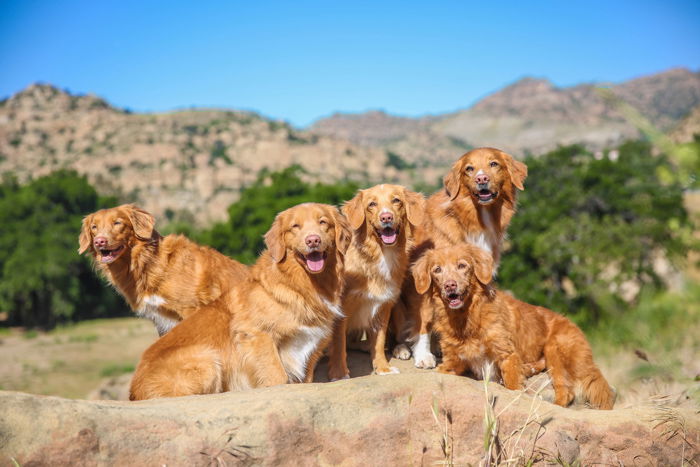 As well as cleanliness, sanitation is important. This prevents pets from passing on diseases to one another or passing an illness to you.
As well as cleanliness, sanitation is important. This prevents pets from passing on diseases to one another or passing an illness to you.
Reptiles can carry bacteria that are toxic to humans. Dogs can pass horrible ailments such as the life-threatening parvovirus to one another. And horses can pass on sicknesses to us.
So wash your hands, keep your equipment clean, and ensure the shooting space is free of anything the previous client may have brought in with them. A clean and sanitized space creates a professional environment that clients will be impressed by.
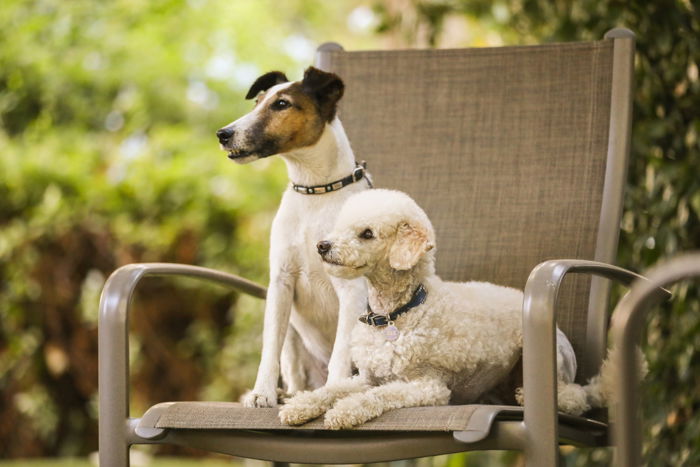
10. Find a Good Lawyer and Accountant for Support
Starting a business is an investment. You’ll be putting in money, time, and energy. And all good investments start with a team of experts to ensure all goes well. They also advise you on what the next smart move is.
As such, finding a good lawyer and accountant is key. A lawyer can help you navigate everything from contracts to filing for a business. An accountant helps keep your finances in order and aid you during the headache known as tax season.
Without these two professionals, you may find yourself drowning more often than swimming!
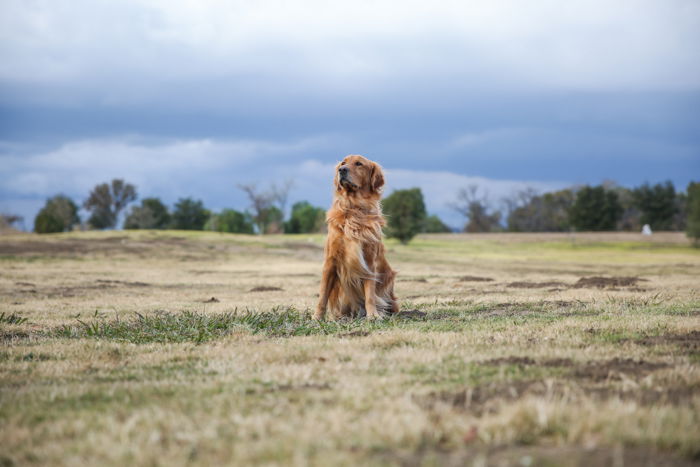
11. Deliver the Best Customer Service to Keep and Attract Clients
It's true. How you talk to people impacts your future success. Understanding how to speak to, take care of, and handle clients is fundamental. Photography is a service industry. So much of what we do revolves around how well we service our clients.
Additionally, it is crucial to ensure your customer is confident in your ability to work with and handle their pet. You need to show compassion, understanding, kindness, and sensitivity.
You also need to develop a good rapport with them so they also ask for your photography services in the future. Treating pets and clients well also ensures positive testimonials and increases the chance of referrals.
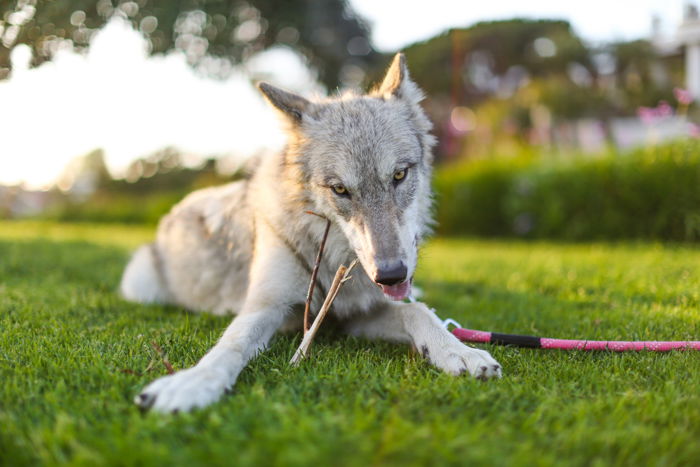
Conclusion: How to Start a Pet Photography Business
We hope our tips help provide a good foundation for your pet photography business. After opening a pet photography business, you'll begin to develop your own very unique style. This is because the nature of running a business requires you to find what you're good at and bring that to the forefront.
Partner a good business plan with photographing new, beautiful, fun, and unique animals. This formula is for the greatest gift—finding your own pet photo business style! For more great tips for better pet photos, check out our ultimate guide on pet photography.
